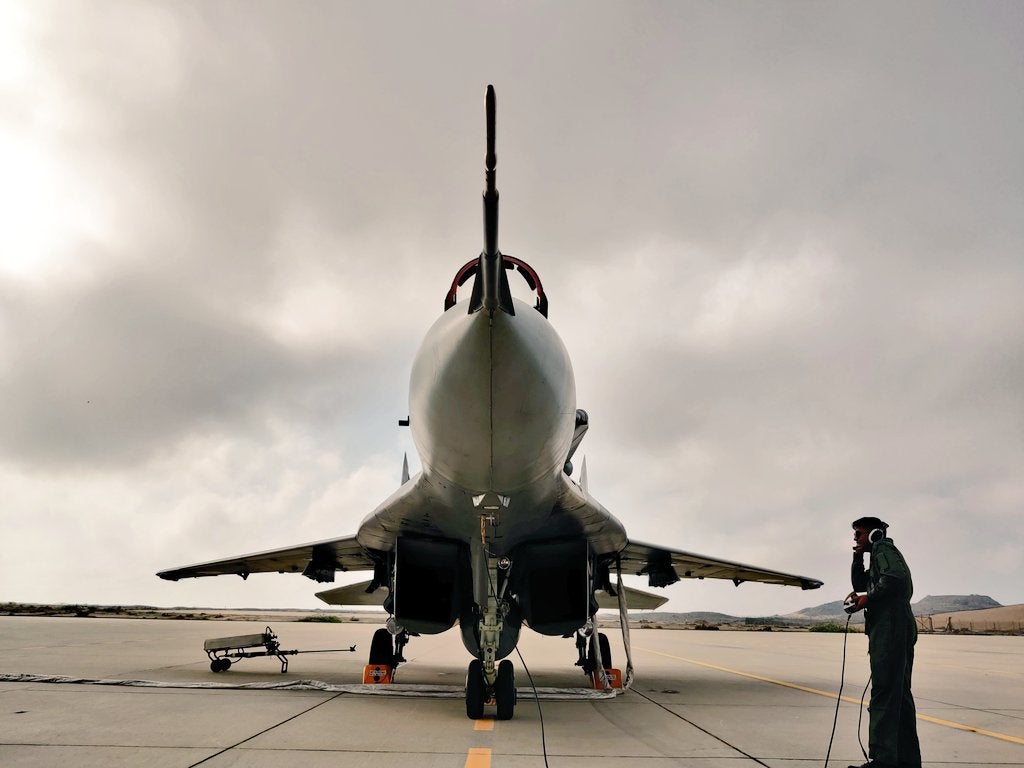beijingwalker
ELITE MEMBER

- Joined
- Nov 4, 2011
- Messages
- 65,191
- Reaction score
- -55
- Country
- Location
J&K: MiG-29 fighter jets replace MiG-21 aircraft at Srinagar air base to tackle threats on Pak, China fronts
Aug 12, 2023, 09:56AM ISTSource: TOI.inMiG-29 fighter aircraft have been deployed at Srinagar base replacing the MiG-21 jets. The Tridents squadron of MiG-29 known as the ‘Defender of the North’ has replaced the MiG-21 squadron earlier stationed there. Srinagar air base has traditionally been responsible for taking care of threat from Pakistan. However, the MiG-29 squadron at Srinagar base will be able to handle threats on both fronts (Pakistan and China).
J&K: MiG-29 fighter jets replace MiG-21 aircraft at Srinagar air base to tackle threats on Pak, China fronts | TOI Original - Times of India Videos
MiG-29 fighter aircraft have been deployed at Srinagar base replacing the MiG-21 jets. The Tridents squadron of MiG-29 known as the ‘Defender of the North’ has replaced the MiG-21 squadron earlier stationed there. Srinagar air base has traditionally been responsible for taking care of threat...



